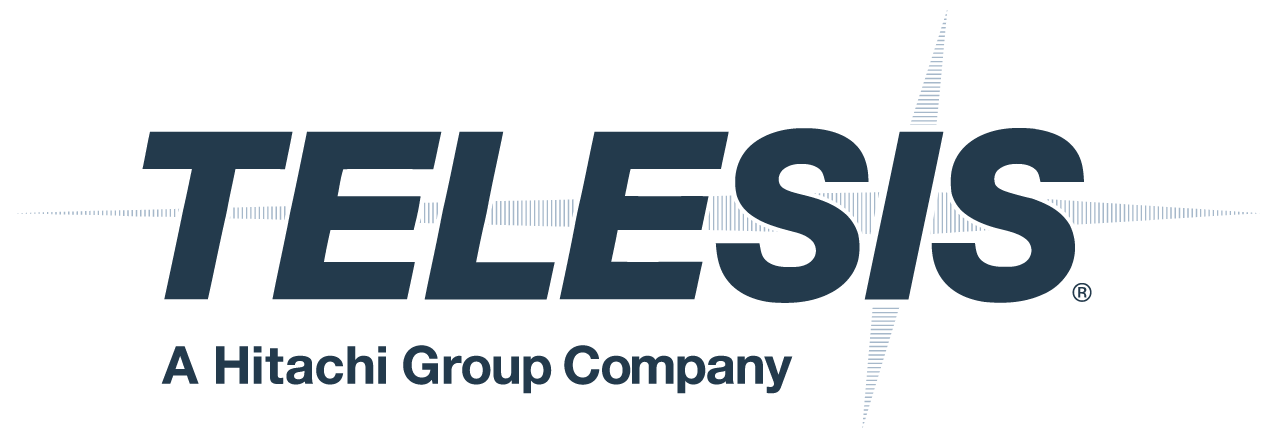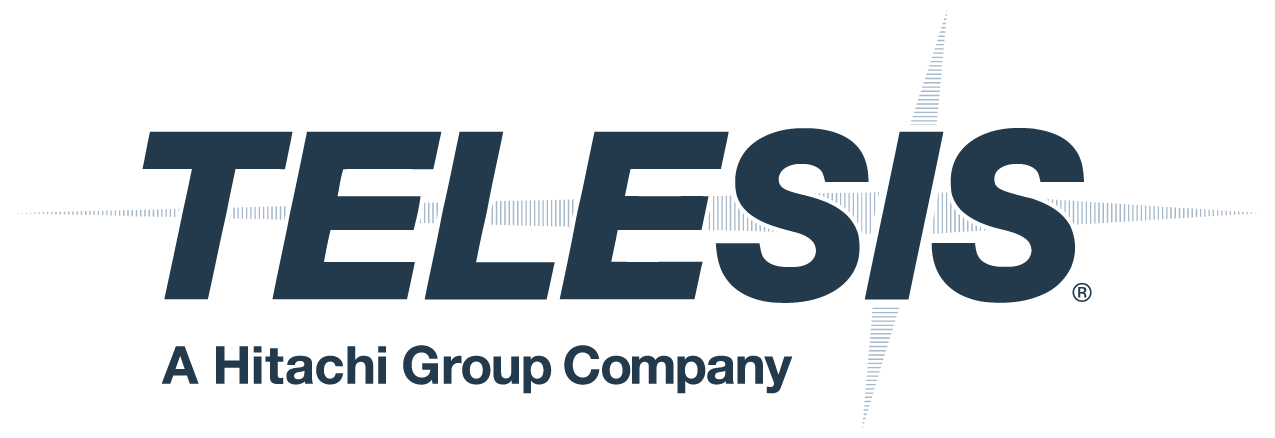Types of Glass Laser Engraving Machines
Depending on your engraving applications, several laser marking glass machines are suitable for the job.
UV Laser Markers
Ultraviolet (UV) laser markers irradiate glass surfaces using a high-energy beam, which marks the material through vaporization. These glass laser engraving machines use highly absorptive wavelengths to reduce heat stress, enabling them to mark materials with excellent contrast and minimal heat damage. These properties make UV laser markers ideal for laser marking glass without causing it to break or splinter.
View UV Lasers >
CO2 Laser Markers
CO2 laser marking machines electronically stimulate a carbon dioxide gas mixture to leave permanent marks on the surface of organic and nonmetallic materials like glass. These systems mark surfaces with small dots that prevent radial cracking and chipping, giving materials a more consistent appearance. CO2 lasers operate faster than other laser marking glass machines.
View CO2 Lasers >
Green Laser Markers
Green laser engraving machines are cold lasers designed to mark delicate, reflective and heat-sensitive materials like glass without causing damage. These green systems are known to generate higher speed, power and stability than other machines and are ideal for sensitive materials with low absorption rates.
View Green Lasers >
Advantages of Laser Marking Glass
Though many processes are used to mark glass, such as wet etching, sandblasting and reactive ion etching, laser engraving stands out as the best marking method. That’s because laser marking glass has many significant benefits you can’t find with other equipment, including:
- High-speed marking: While other glass marking solutions — like sandblasting — require users to spend time creating stencils, laser engraving accelerates the process with high-speed marking capabilities, enabling companies to make products significantly faster than other technologies.
- Marking precision: Unlike other marking methods, laser engraving machines do not make direct contact with the glass, enabling them to produce detailed markings with maximum accuracy and precision.
- Consistency: When laser marking glass, you can save your designs as files and use them again to create markings of the same quality. Glass engraving machines generate repeatable, uniform results every time.
- Cost-efficiency: Laser marking is among one of the most cost-effective glass marking techniques, whereas options like sandblasting cost significantly more and often require the use of expensive tools. In reality, laser engraving produces highly similar results to sandblasting but at a more affordable price.
- Easy execution: Laser markers are more straightforward, more flexible and easier to work with than other machines. You can use automated lasers to easily mark both sides of the glass, including those with curved surfaces, without any protective masking or meticulous handwork.
- Minimal cleaning: Glass laser engraving machines create less mess than mechanical engraving machines and sandblasting machines and require minimal cleaning.
- Wear-resistance: With laser markers, you can generate durable marks with deep depressions that do not wear in inclement conditions.
- Minimal consumables: The laser engraving process requires very few consumables, making it more eco-friendly, energy-efficient and affordable than other methods.
Laser Processes for Engraving Glass
Laser engraving glass is a relatively simple process that anyone with a laser marking machine can accomplish. Before beginning your project, be sure to equip yourself with the proper protective gear, such as laser goggles, a fire extinguisher, a fume exhaust system, laser shut covers and anything else outlined in your user manual.
How to Laser Engrave Glass
If you’re preparing to laser mark a glass surface, follow these steps:
- Come up with a design: Before you can laser engrave your glass, you’ll need to solidify a design idea. Are you engraving a logo, image, text or something else? Finalize your design before starting.
- Choose a design software: Once you have a plan in mind, find a dependable design software that’s compatible with your engraving machine. Some markers come with their own software, while others can integrate with various programs.
- Submit your design: Next, it’s time to send your design to the laser marking machine. Typically, your system will allow you to adjust aspects like line depth, thickness, laser strength, speed and number of passes. Test your glass under various conditions to determine the best ones for your applications.
- Clean the glass: After engraving your glass surface, you may find that your machine has left behind oil residue or glass shards. You can clean these remnants using a nail brush and rubbing alcohol.
How to Laser Engrave Curved Glass
Laser marking curved glass like bottles, wine glasses and steins is a bit more challenging than using your machine on a flat surface. In these cases, establishing the proper depth of field — or the distance between the nearest and farthest points of sharp focus — is crucial. When the laser is within the depth of field, its markings will come out clear and in focus.
There’s no universal rule for determining depth and field for curved glass. To determine the right one for your application, you should perform a series of test runs and adjust the depth of field until you’ve established a suitable strategy for laser engraving your curved glass object.
How to Laser Engrave Mirrors
You can laser engrave mirrors the same way you would clear glass. The only difference is that you’ll need to mark the mirror on its reverse side. To accomplish this, invert the file in your engraving software so that it will appear in the proper orientation when looking straight at the mirror.
The thickness of your mirror’s coating will impact your marking outcome. You can generate your desired results by starting with a lower output and gradually increasing it until you find one that produces your desired results.
Invest in a Glass Laser Engraving Machine From Telesis Technologies, Inc.
You can purchase top-of-the-line laser engravers for glass at Telesis Technologies, Inc. We’re known for our commitment to quality, durability and exceptional customers service.
Get a quote on a Telesis glass etching machine price today!


